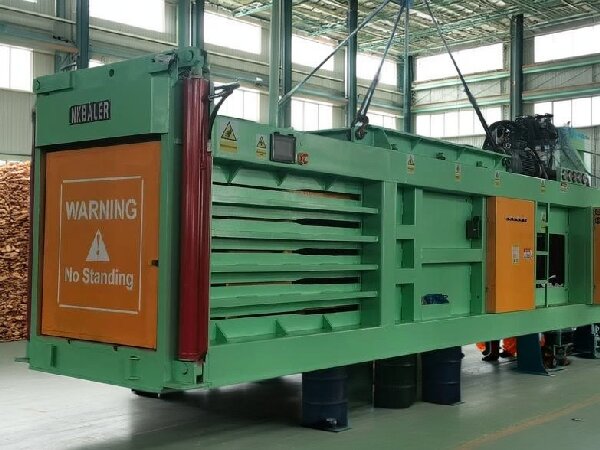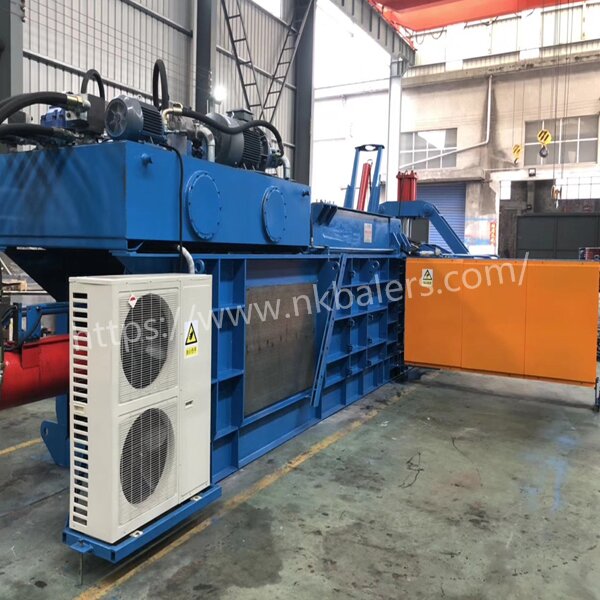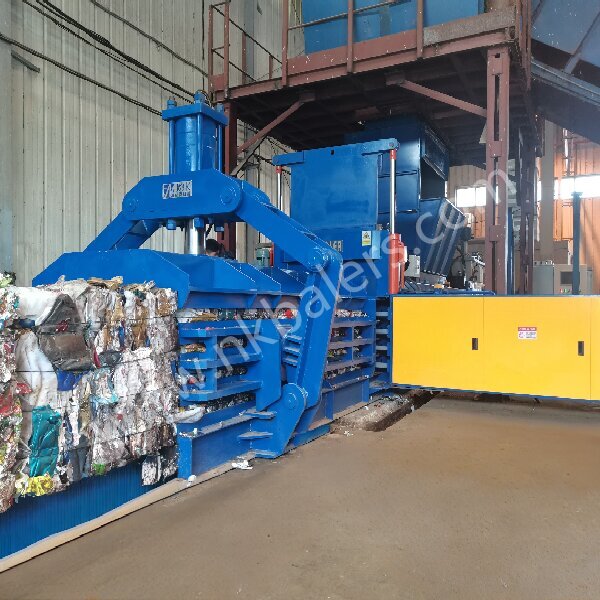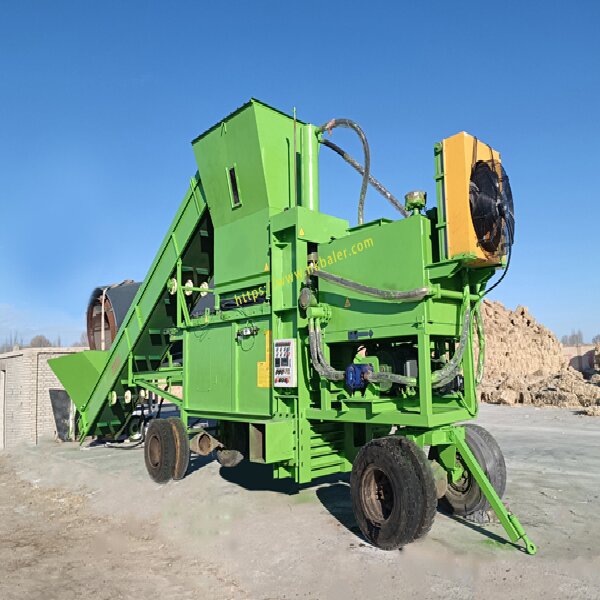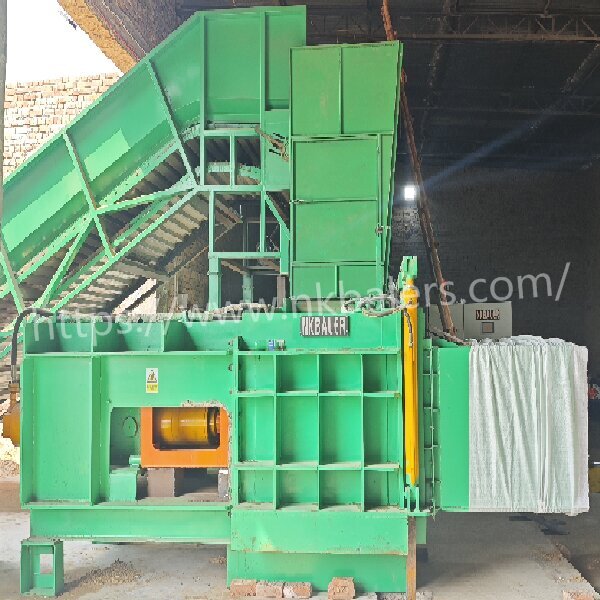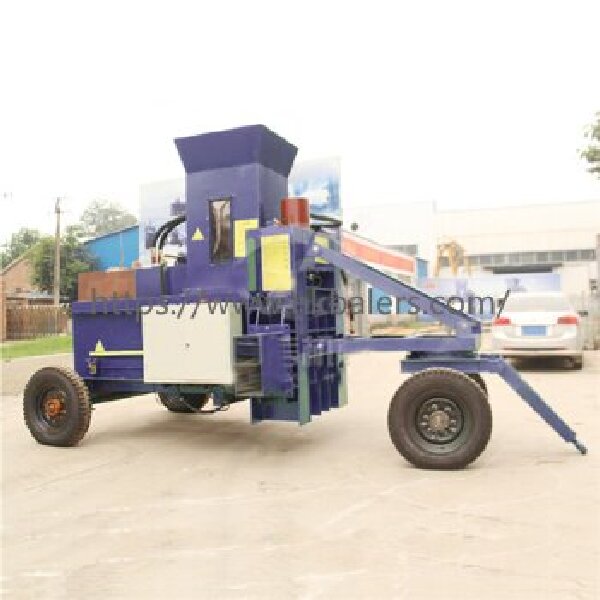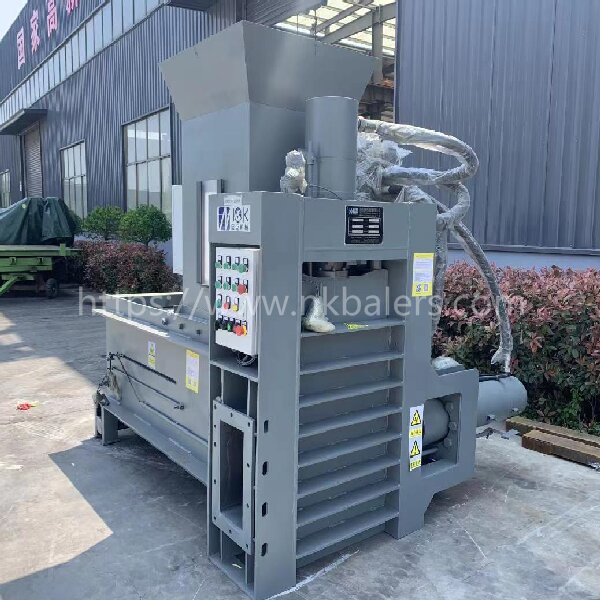As Industry 4.0 and the Internet of Things (IoT) sweep across the manufacturing industry, cardboard balers, a traditional piece of solid waste processing equipment, are also experiencing a wave of intelligent upgrades. Future balers will no longer be isolated machines solely focused on compression, but will evolve into interconnected, intelligent, and efficient integrated processing nodes. So, in what specific areas will this intelligent development manifest itself?
First, data-driven and remote operation and maintenance. Future balers will generally be equipped with more sensors that monitor and record real-time operating conditions, such as main pressure, oil temperature, motor load, number of balings, and output. This data will be uploaded to a cloud platform via IoT modules.
Business managers can monitor the output, operating efficiency, and health status of each device at any time on their mobile phones or computers. Equipment service providers can remotely diagnose faults and even provide early warnings of potential equipment problems, enabling predictive maintenance and minimizing unplanned downtime.
Second, adaptive and optimized control. Based on big data and AI algorithms, the intelligent baler automatically adjusts the compression process and pressure based on the type and density of the incoming waste cardboard (such as corrugated paper, cardboard, etc.) to achieve optimal baling density and efficiency while saving energy.
It also performs self-diagnosis and optimization, for example, automatically adjusting the pressure plate movement when uneven loading is detected, or automatically calibrating the strapping mechanism if minor deviations occur, ensuring operational stability and consistent bale quality.
Finally, system integration and unmanned operation are key. The intelligent baler will seamlessly integrate with upstream conveying and sorting systems and downstream warehousing and logistics systems. Using visual recognition technology, it automatically identifies and removes unbalable foreign objects.
AGVs (Automated Guided Vehicles) automatically transport collected waste cardboard to the feed port and transport the bales to designated storage areas. The entire process, from waste paper input to finished product stacking, will be moving towards fully unmanned operation, similar to a “dark factory.” This not only reduces labor costs to a minimum, but also enables 24-hour uninterrupted and efficient production, representing the ultimate form of waste cardboard processing in the future.
Nick Baler’s waste paper and cardboard balers deliver high-efficiency compression and bundling for various recyclable materials,including corrugated cardboard (OCC),newspaper,mixed paper,magazines,office paper,and industrial cardboard.These robust baling systems enable logistics centers,waste management operators,and packaging companies to significantly reduce waste volume while enhancing workflow productivity and lowering logistics expenses.
With increasing worldwide emphasis on sustainable packaging practices,our comprehensive range of automated and semi-automatic baling equipment offers tailored solutions for enterprises managing substantial quantities of paper-based recyclables.Whether for high-volume processing or specialized applications,Nick Baler provides reliable performance to support your recycling operations and sustainability goals.
Why Choose Nick Baler’s Waste Paper & Cardboard Balers?
Reduces waste paper volume by up to 90%,maximizing storage and transport efficiency.
Available in fully automatic and semi-automatic models,tailored for different production scales.
Heavy-duty hydraulic compression,ensuring dense,export-ready bales.
Optimized for recycling centers,logistics hubs,and packaging industries.
Low-maintenance design with user-friendly controls for hassle-free operation.
htps://www.nkbaler.com
Email:Sales@nkbaler.com
WhatsApp:+86 15021631102
